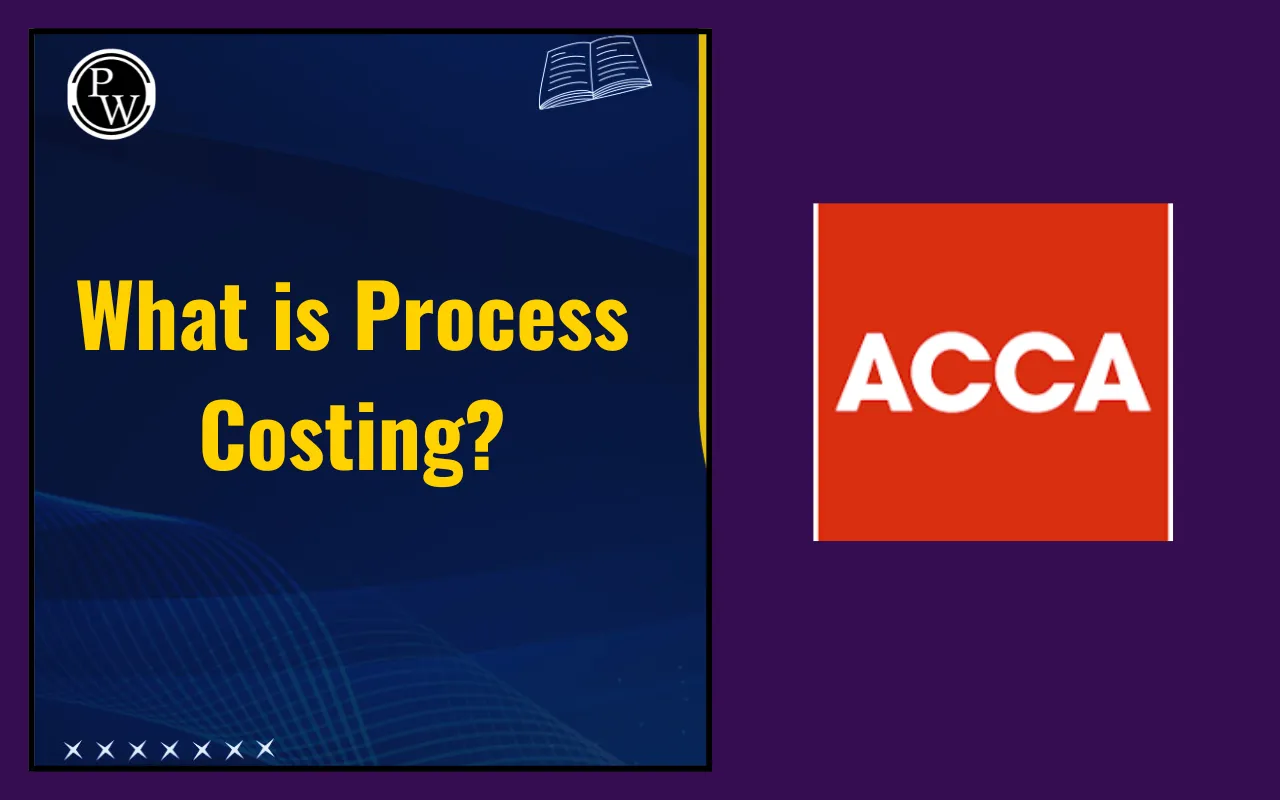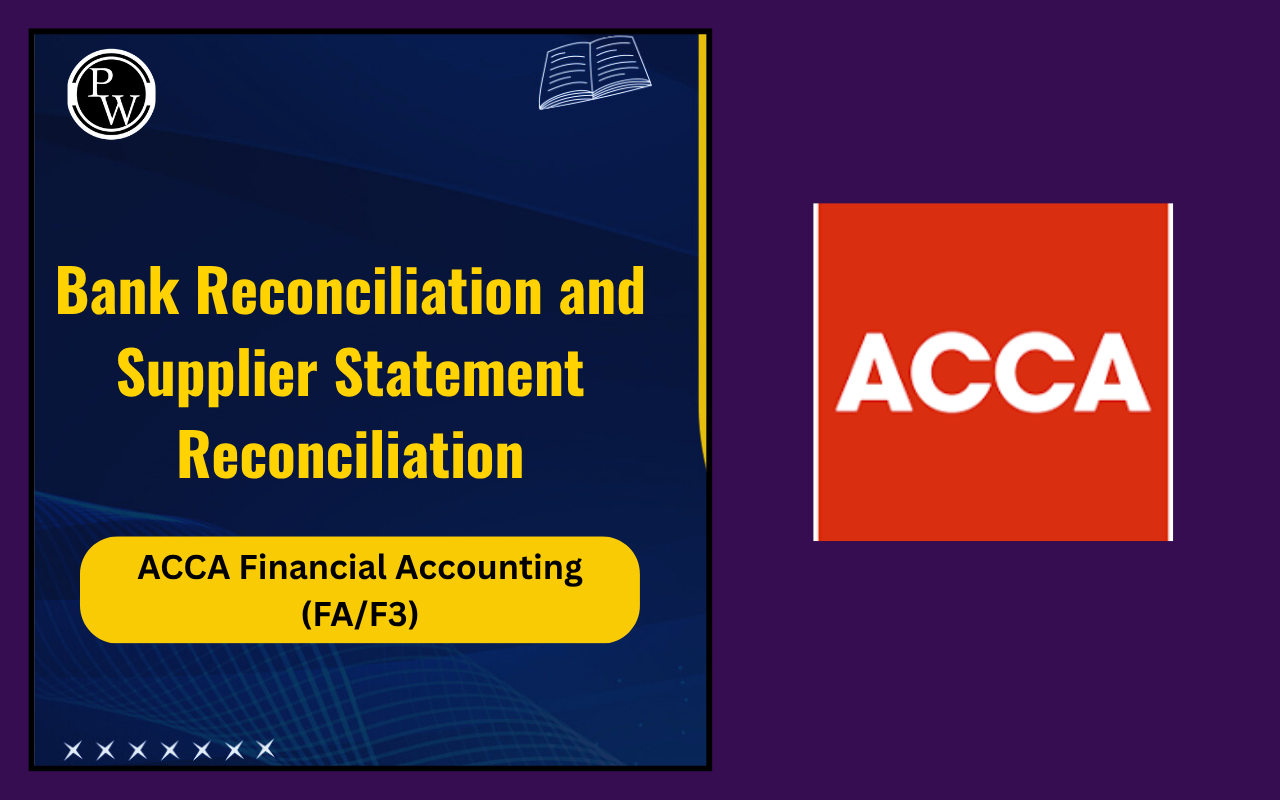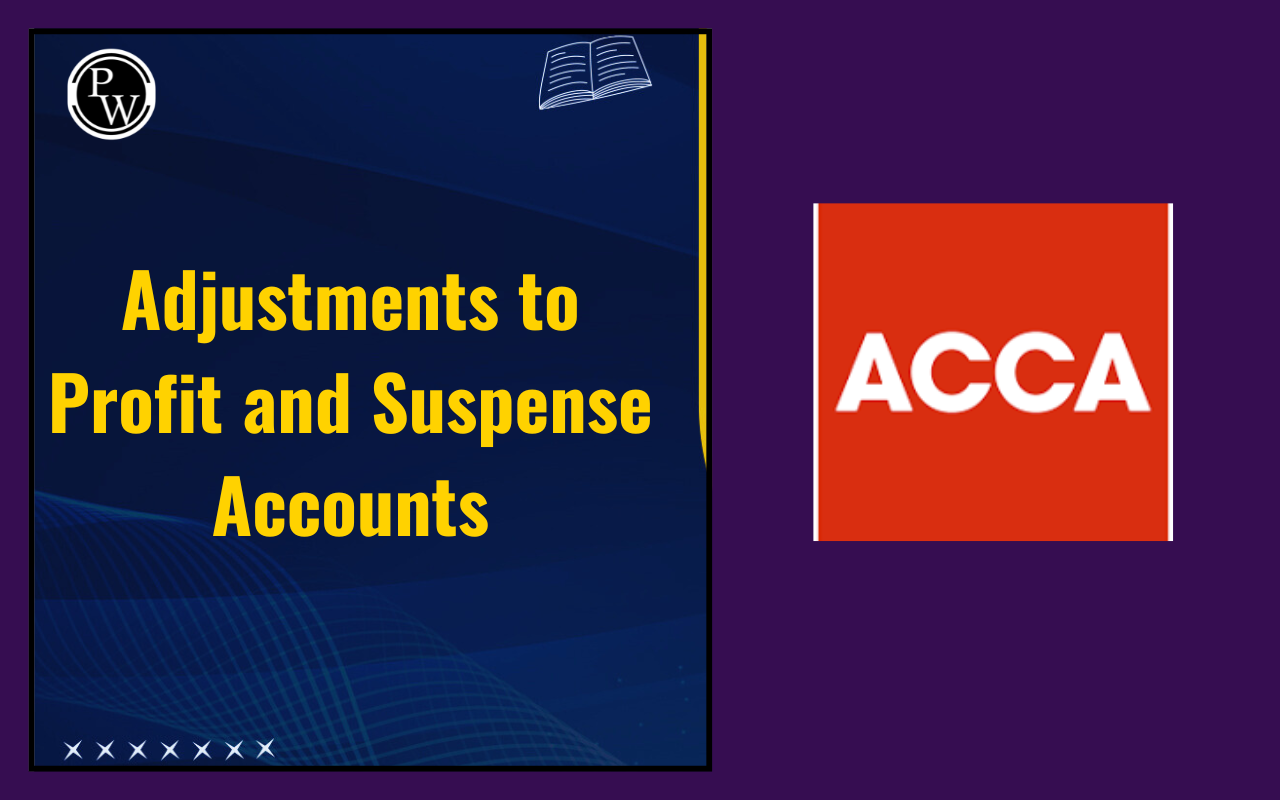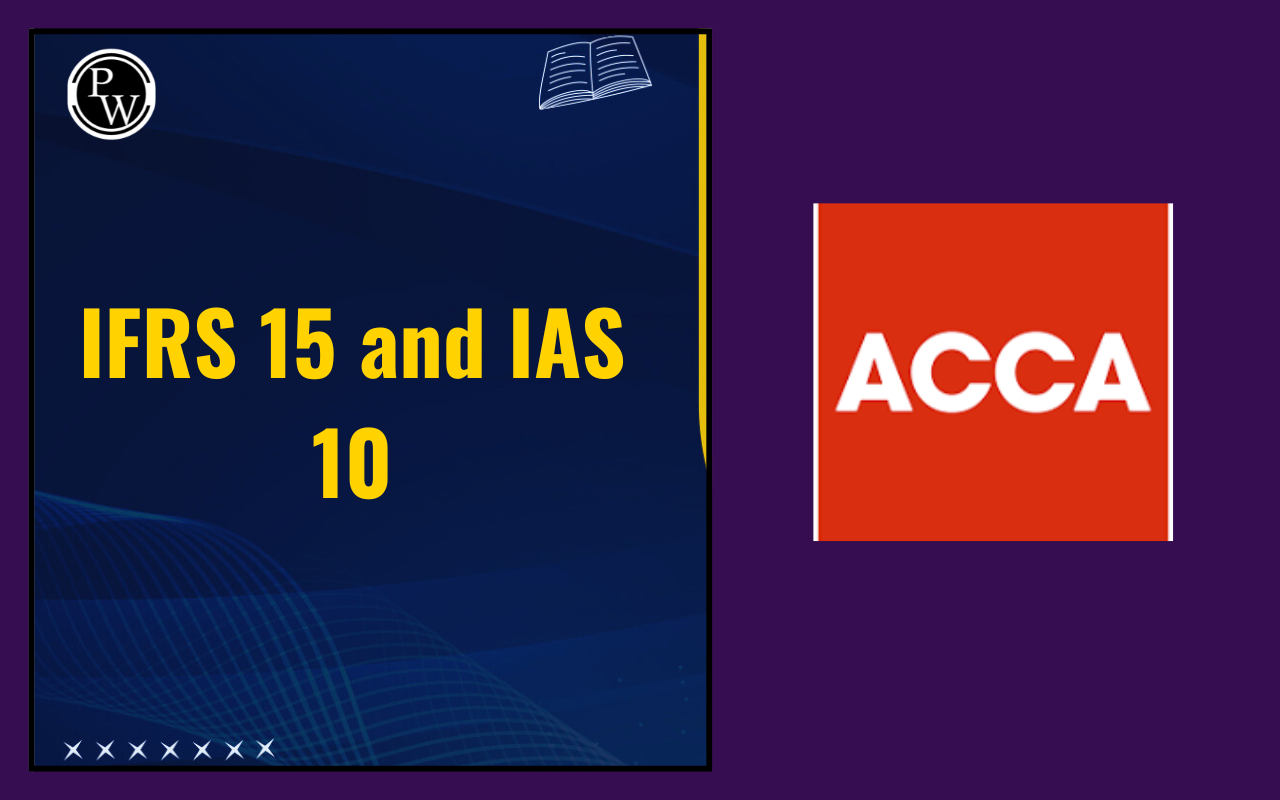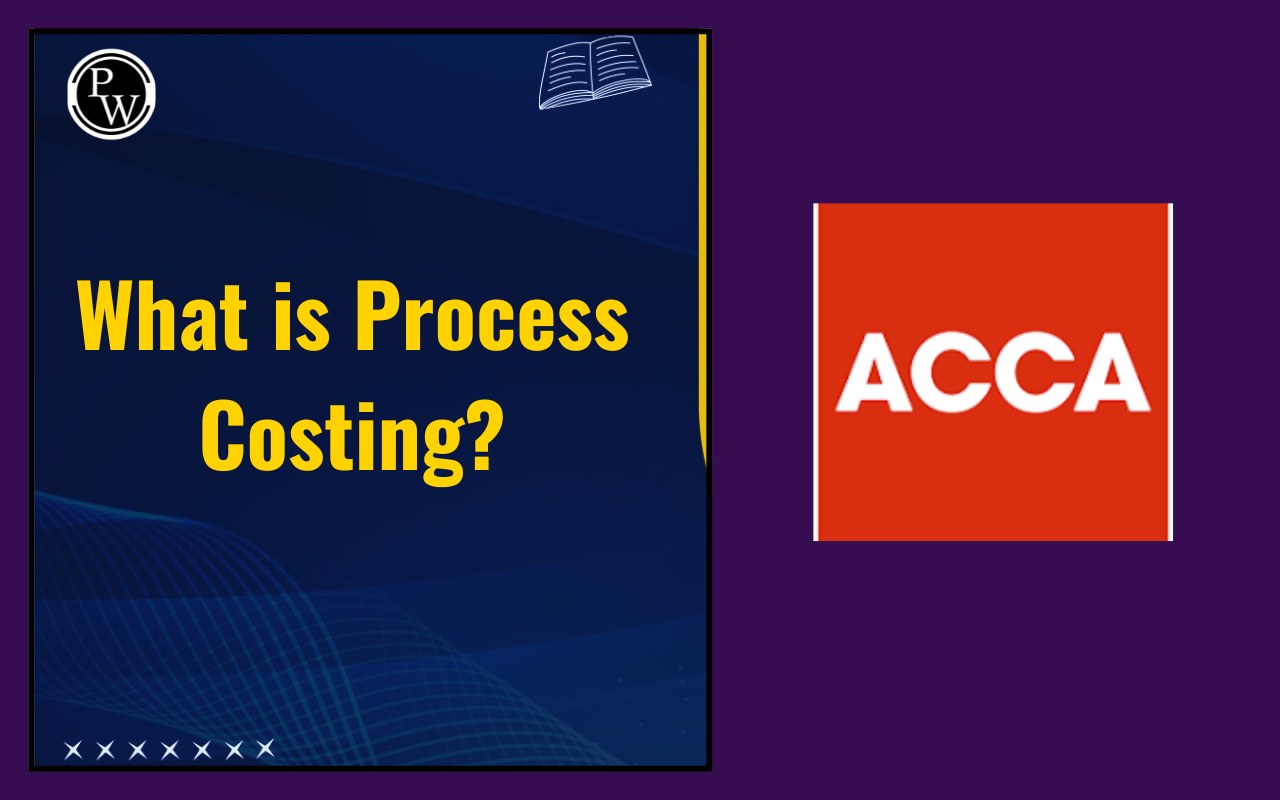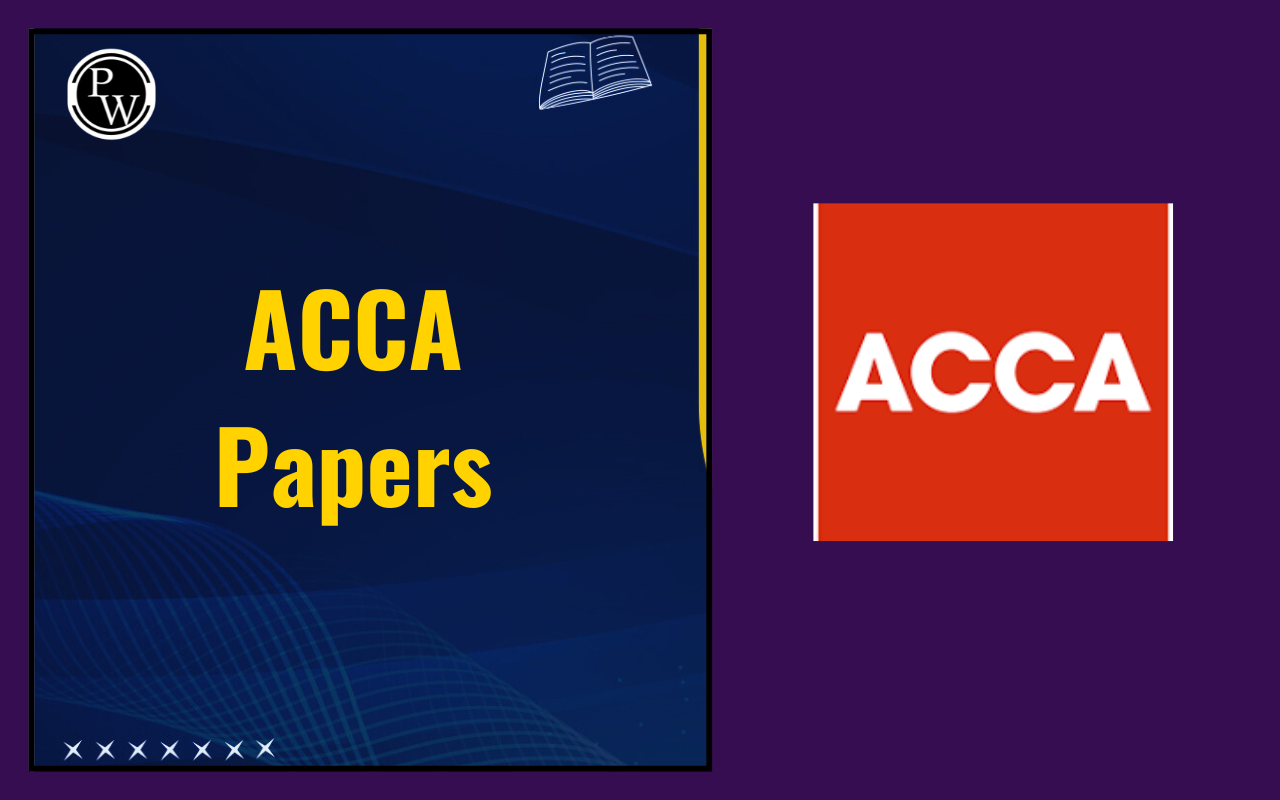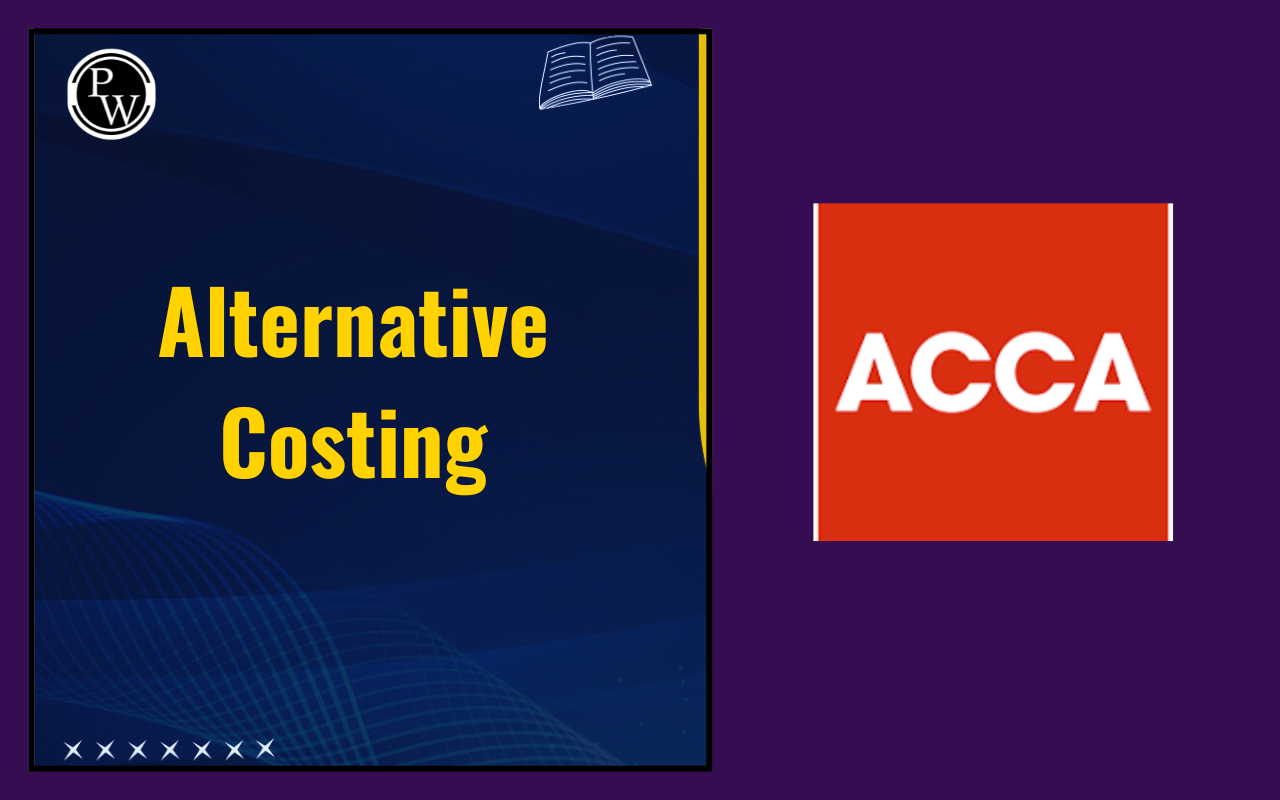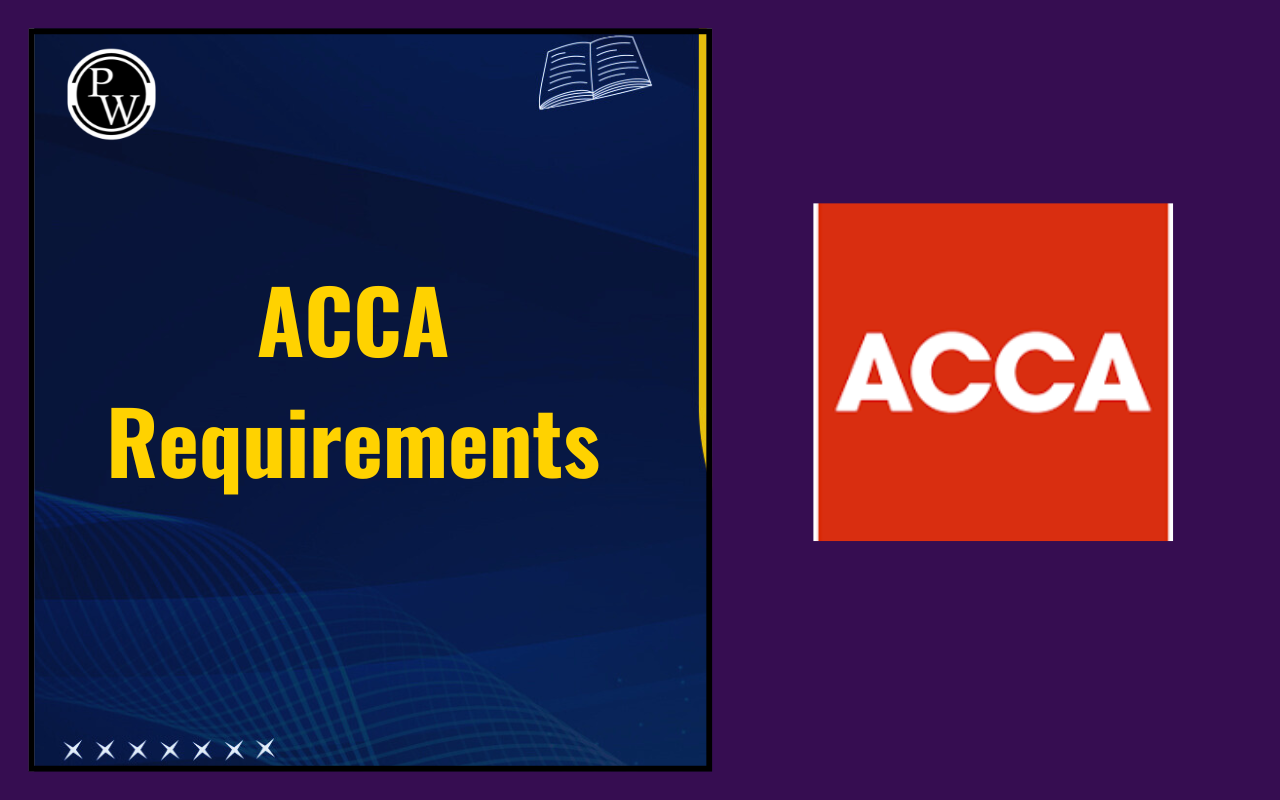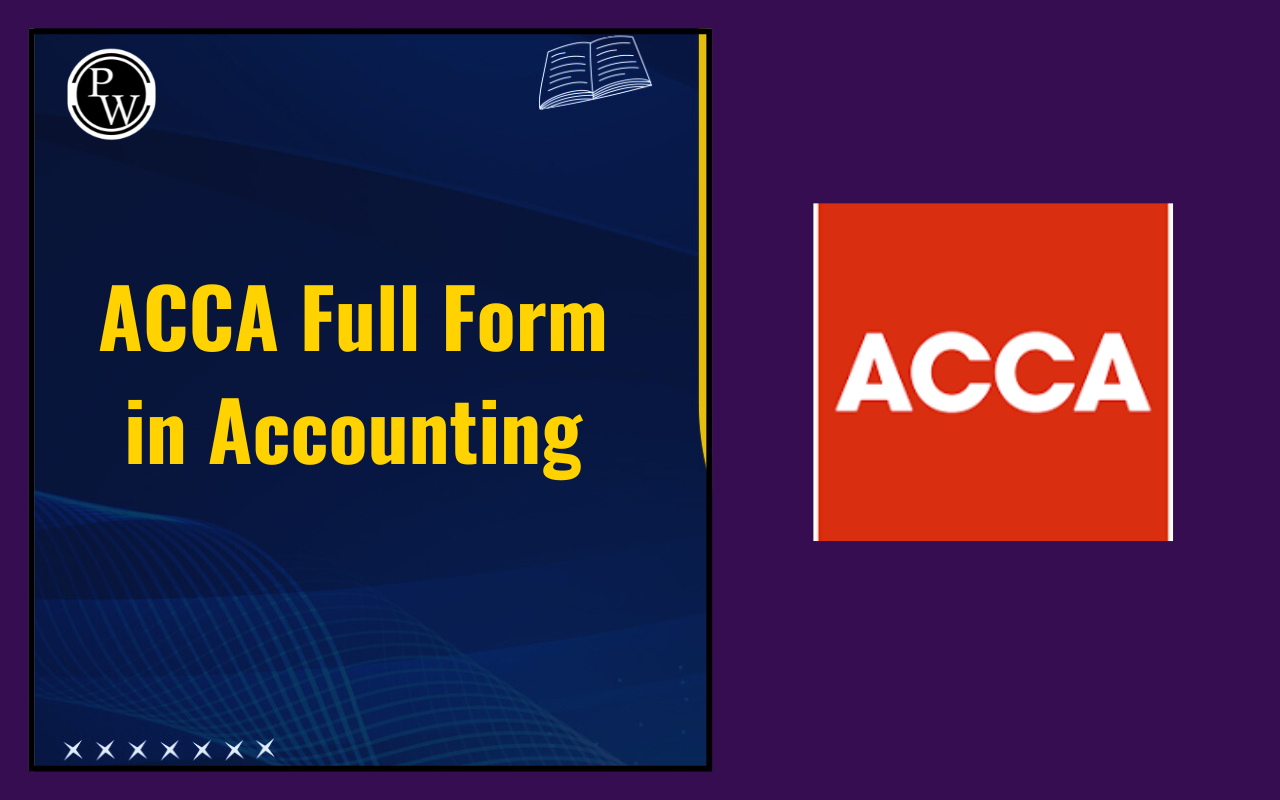
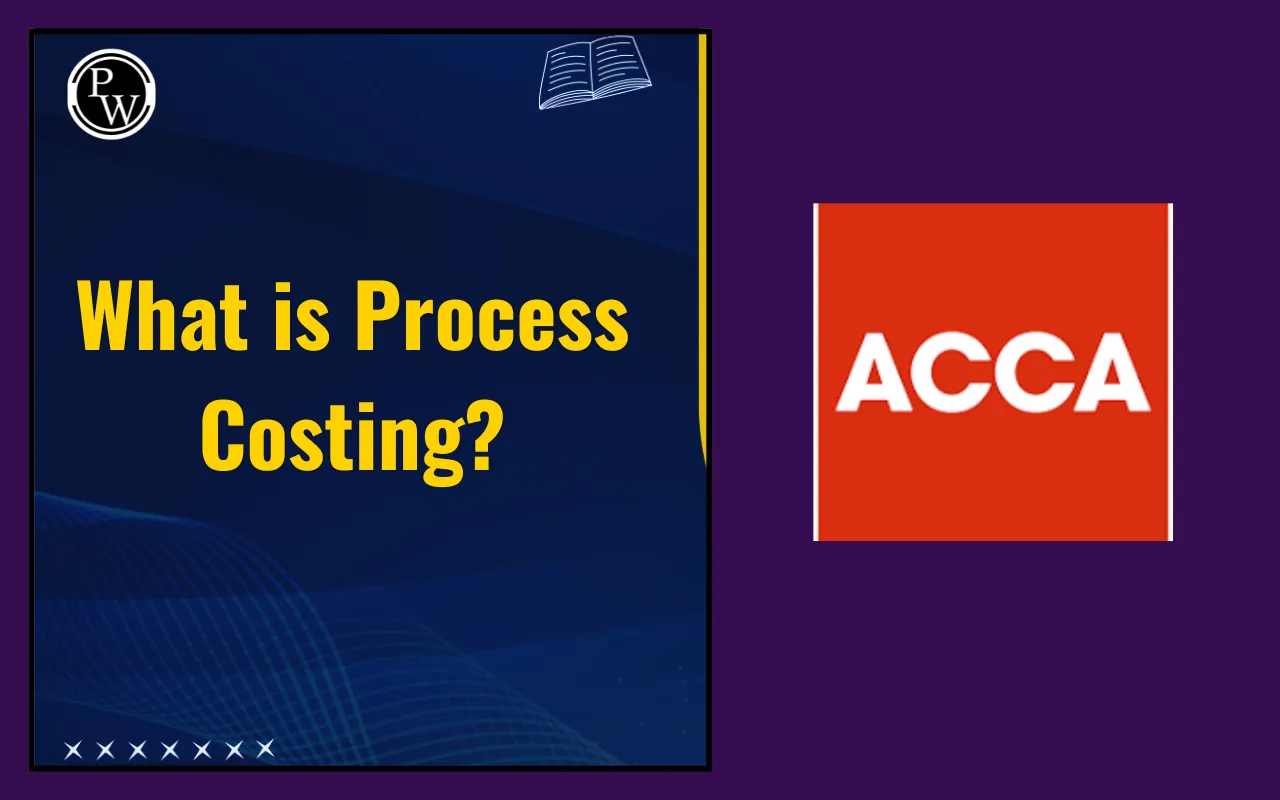
Process Costing: In factories and industries where goods are made every day in large quantities, it is important to know the exact cost of making each unit. Without knowing this, managers cannot set the right price, control expenses, or measure efficiency. When production goes through different stages, each stage adds some cost to the product. To calculate the total cost, accountants use a special method. This method is known as Process Costing.
This system is widely used in industries like chemicals, textiles, furniture, food, and oil. All these industries have one thing in common. They produce identical units of products in large numbers, and production flows continuously. Management accountants rely on this method to track costs at each process and then find the cost per unit.
What is Process Costing?
Process Costing is a method of cost accounting used when production takes place in a sequence of processes. The product passes through many stages, like cutting, assembling, finishing, and packaging. Each stage adds costs for materials, labor, and overhead. In the end, the total process cost is divided by the number of units produced to get the cost per unit.
This method is different from job costing or batch costing. Job costing is applied when a product is completed in one go, usually in a small quantity. Batch costing is used when a fixed batch of goods is produced. But it is needed when units are produced continuously in large numbers and each unit is similar.
Features of Process Costing
The features of this show why it is useful for continuous industries. Below, we’ve mentioned the features of Process Costing:
| Features of Process Costing | |
| Feature | Explanation |
| Continuous Production | Production is carried out without interruption. Units are made one after another in a steady flow. |
| Identical Units | All units produced are the same in nature, quality, and size. This makes it easy to divide costs equally. |
| Cost by Department | Costs are collected for each department or process separately. Later, these costs are added together for the total product cost. |
| Work-in-Progress | At any time, some units are still under production and not yet complete. These are called work-in-progress. |
| Average Cost | Since units are identical, the average cost per unit is calculated by dividing the total process cost by the number of units produced. |
Loss of Material in Process Costing
When goods are produced in a continuous process, some loss of material is natural. It is not possible to use all the input material to get a full output. A part of it evaporates, shrinks, or gets spoiled. This means the output is always a little less than the input.
Such losses increase the cost because to get the required output, more input materials have to be used.
| Loss of Material in Process Costing | |
| Cause of Loss | Example |
| Evaporation | Loss of petrol or kerosene while storing or heating. |
| Shrinkage | Loss due to the heat treatment of products. |
| Burning | Material gets burnt during the process, like food overcooking. |
Read also: Alternative Costing
Normal Loss vs Abnormal Loss in Process Costing
Losses in production are divided into normal and abnormal losses. Below, we’ve mentioned the normal loss vs the abnormal loss
| Normal Loss vs Abnormal Loss in Process Costing | ||
| Type | Meaning | Example |
| Normal Loss | Expected and unavoidable loss that happens during the process naturally. | Evaporation of liquids during boiling or heating. |
| Abnormal Loss | Extra loss above the normal loss, which should not happen under normal conditions. | Loss due to machine breakdown or poor handling. |
| Abnormal Gain | Output more than expected when efficiency is higher or less loss occurs. | Producing more finished units than estimated. |
Multiple Products in Process Costing
In some production processes, more than one product is produced simultaneously. These products are classified as joint products, by-products, or waste. The split-off point is where the products separate, and costs before and after this point are treated differently.
| Multiple Products in Process Costing | ||||
| Product Type | Description | Example | Value | Cost Treatment |
| Joint Products | Main products produced in the process. They have high sales value and are the primary reason for production. | Petrol, Diesel, Kerosene in oil refining | High | Joint costs are apportioned among these products. Further processing cost is added individually. |
| By-products | Secondary products are produced incidentally. They have lower value but can be used or sold. | Bagasse from sugarcane juice extraction | Low | Revenue from by-products may be deducted from joint cost or recorded as other income. |
| Waste | Material that has no significant value and cannot be sold or reused. | Wood shavings or leftover residues | None or negligible | No cost is assigned; often treated as scrap or loss. |
Treatment of Joint Cost and Further Processing Costs
In this, costs are divided into two main types: joint costs and further processing costs. It is important to separate these costs properly to find the correct cost and profit for each product.
| Treatment of Joint Cost and Further Processing Costs | |||
| Type of Cost | When Incurred | How It Is Treated | Example |
| Joint Cost | Before the split-off point | Cannot be assigned to one product directly. Divided among all joint products using a suitable method. | In oil refining, the cost of crude oil processing is shared among petrol, diesel, and kerosene. |
| Further Processing Cost | After the split-off point | Added only to the specific product that incurs the cost. Not shared with other products. | If petrol needs extra refining or additives, only petrol’s cost is increased. Diesel and kerosene do not share this cost. |
Methods of Appointment Joint Costs
There are three main methods to divide joint costs among joint products. Below, we’ve mentioned the methods of appointment joint costs:
| Methods of Appointment Joint Costs | |
| Method | Explanation |
| Physical Quantity Method | Joint cost is divided according to the quantity of output, such as kilograms or liters, produced by each product. |
| Sales Value at Split-off | Joint cost is divided based on the sales value of each product at the split-off point. Products with higher sales value get a larger share of the cost. |
| Net Realizable Value (NRV) Method | Joint cost is divided according to the sales value after deducting further processing costs. This method gives a fairer distribution when further costs differ. |
Important Formulas in Process Costing
Formulas make calculations clear and easy. Below, we’ve mentioned the important formulas in process costing:
| Important Formulas in Process Costing | |
| Concept | Formula |
| Cost per Unit | Total Process Cost ÷ Number of Units Produced |
| Expected Output | Input Units – Normal Loss Units |
| Abnormal Loss | Expected Output – Actual Output (if positive) |
| Abnormal Gain | Actual Output – Expected Output (if positive) |
| Incremental Profit | Incremental Revenue – Incremental Cost |
It is a very important method of cost accounting for industries where production is continuous and units are identical. It helps management in calculating the cost of production, controlling waste, deciding product prices, and making decisions about further processing.
By understanding concepts like normal loss, abnormal loss, joint products, and methods of cost allocation, students of ACCA and professionals in management accounting can handle real-life industry problems with confidence. This method ensures fair costing and supports better decision-making for businesses.
Process Costing FAQs
What is Process Costing?
How is it different from Job or Batch Costing?
What is normal and abnormal loss?
What are joint products and by-products?

